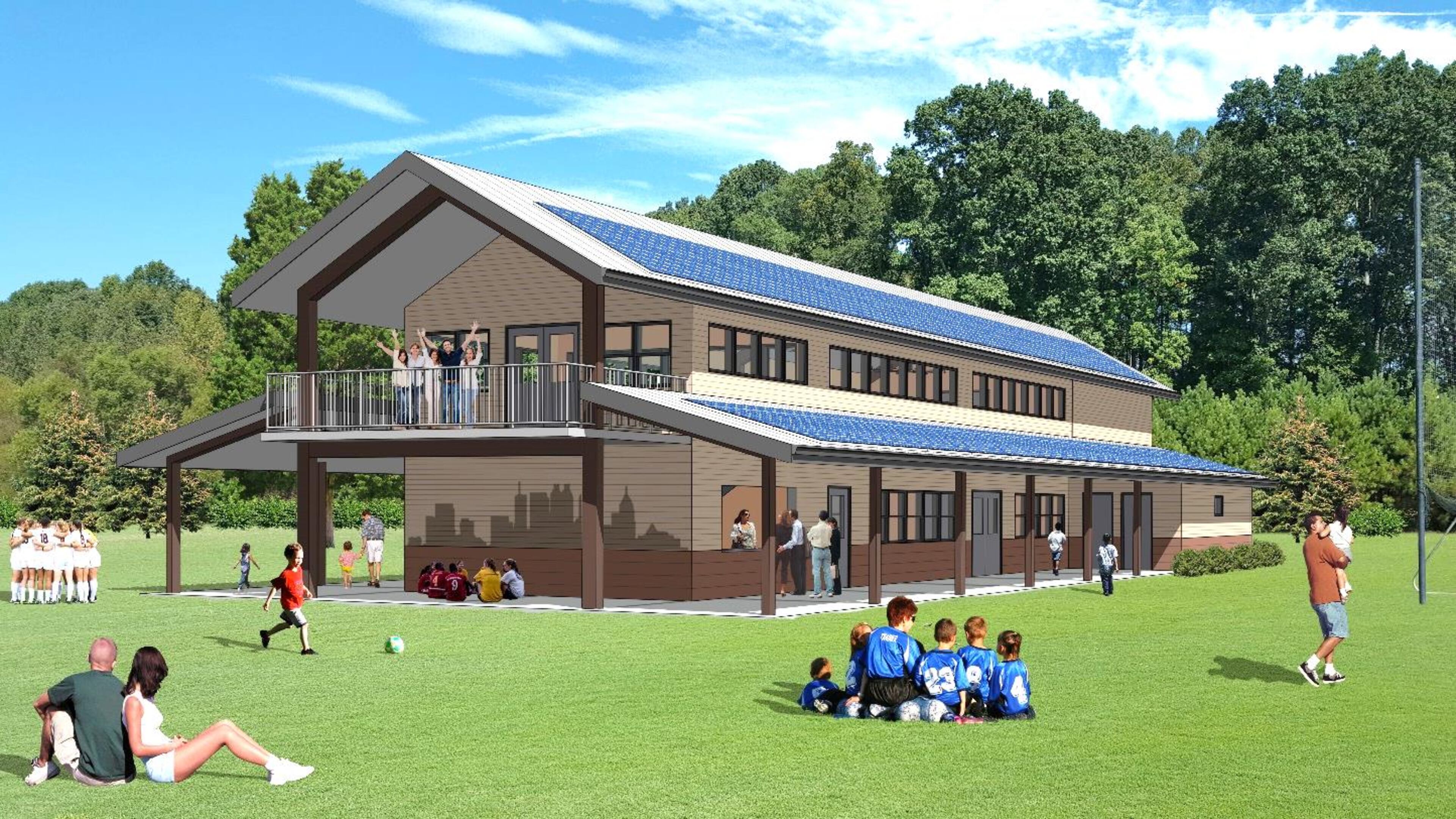East Point hosts groundbreaking for Georgia Sports Park

A new facility promoting educational programs and a safe environment for visitors and youth to play soccer and ultimate frisbee is coming to East Point, according to a press release.
The Georgia Soccer Development Foundation has teamed up with the city of East Point to host a groundbreaking ceremony 3 p.m. Friday, March 22 for the new pavilion and classroom building at the Georgia Sports Park.
The Georgia Soccer Development Foundation will develop the 6,000-square foot sustainable pavilion to include a classroom, restrooms, shower facilities, concession stand, office space and storage. This new multi-purpose building will provide a wider range of services and programs than what is currently available.
Additional fields will help meet the increased demand for recreational greenspace.
The new classroom will provide a safe facility for after-school programs. GSP has provided fields for several non-profit organizations, such as Soccer in the Streets, the Fugees, and several local recreation programs. They have also established a partnership with the Andrew and Walter Young YMCA to use the classroom and fields year-round for middle and high school students to focus on sports, STEAM (Science, Technology, Engineering, Arts and Math), learning activities and leadership.
GSP received a $100,000 grant from the Community Foundation for Greater Atlanta’s Grants to Green funding program to include a solar photovoltaic power system, geothermal heating and cooling system, energy efficient lighting and rain harvesting.
The City of East Point has committed $500,000 to GSP to develop the facility which will host regional and state soccer competitions and help boost tourism.
GSP also received a $400,000 contribution from Concorde Fire Soccer Club, as well as individual contributions. GSP board members pledged over $150,000. Additionally, Gaultney Development Co., Lord Aeck Sargent Architects, and others donated in-kind services.

